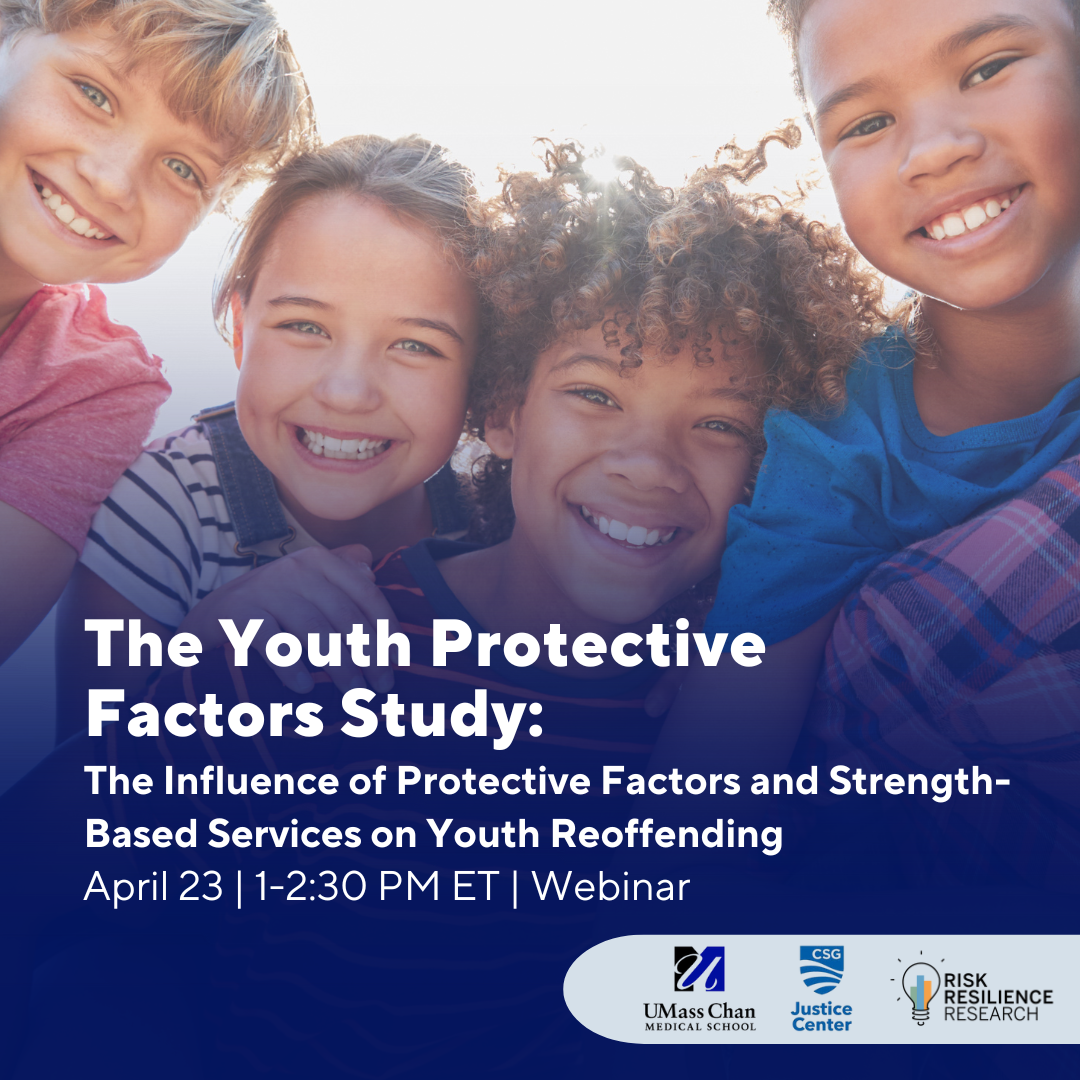
We are excited to share groundbreaking research through The Youth Protective Factors Study, a multistate and multiyear examination of youth’s risk and protective factors. This study aims to provide valuable insights into juvenile justice systems’ services that influence reoffending among youth aged 10-23.
Many jurisdictions use risk assessments to guide key juvenile justice decisions. But little is known about whether youth’s strengths or “protective factors” reduce their risk of reoffending; how these factors can best be assessed; and the resulting implications for case planning, service delivery, and resource allocation.
As policymakers’ concerns about youth crime and violence grow, it’s critical that juvenile justice systems focus resources on youth who are at the highest risk of seriously reoffending. Likewise, jurisdictions must use resources efficiently to tailor supervision and service strategies to best meet these youth’s needs – and potentially increase their protective factors – in ways that promote long-term public safety.
The Youth Protective Factors Study seeks to help systems achieve this goal by answering the following key questions:
- What risk factors best predict reoffending, particularly reoffending for violent and other person offenses, for youth of different ages?
- Which protective factors (or strengths), if any, are most important for recidivism reduction?
- What services—risk reduction and/or strengths enhancing—are most effective in reducing general and person reoffending, and how do these vary for youth of different ages?

Join the CSG Justice Center, UMass Chan Medical School’s Implementation Science and Practice Advances Research Center, and UC Berkeley’s Risk-Resilience Lab for a webinar on the latest findings from the soon-to-be-released second brief of the Youth Protective Factors Study. This research explores how protective factors and strength-based services impact long-term youth reoffending and what jurisdictions can do to improve services and youth outcomes.
This webinar is essential for juvenile justice professionals, policymakers, and community leaders looking for data-driven strategies to strengthen public safety and youth success.
